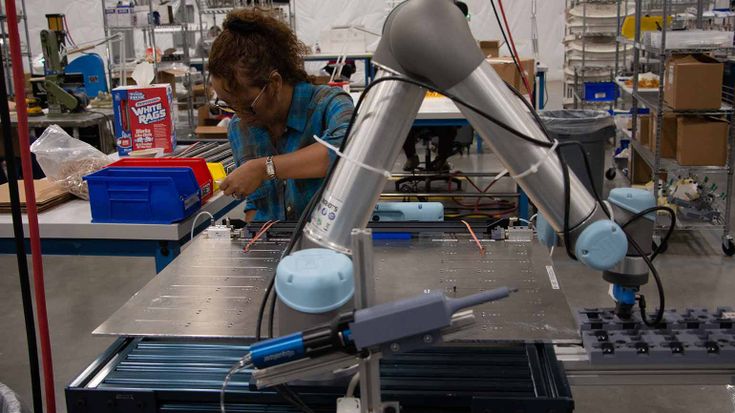The COVR Project
The European Union-funded COVR project -a collaboration between researchers from the Danish Technological Institute, National Research Council of Italy, Fraunhofer IFF, Roessingh Research & Development and CEA- recently released an ambitious, free digital toolbox that provides a central repository of information and guidance regarding risk assessments, safety directives and standards, and the safety best practices that apply to collaborative application deployments.
For beginners, COVR’s digital toolkit provides guidance on safe robot programming and how to perform a risk assessment. Meanwhile, more expert cobot users will find information on validation protocols, case stories from users in manufacturing, logistics and healthcare and up-to-date cobot safety-related publications.
TÜV Rheinland
Another welcome recent addition to the world’s collective cobot safety knowledge base comes from TÜV Rheinland, a global leader in independent inspection and certification services. Entitled ‘Robot Safety: An In-depth Exploration of Categories and Standards,’ the new ebook provides an overview of the standards governing the manufacture, integration and use of cobots, by region.
A3 Robotics
A3 Robotics (formerly known as the Robotics Industry Association) published its RIA TR15.606-2016 collaborative Robots standard in 2016. TR 606 explains safety requirements specific to collaborative robots and robot systems and is supplemental to the guidance in ANSI/RIA R15.06. (TR 606 is a U.S. National Adoption of ISO/TS 15066). The A3 website is host to a broad range of resources regarding cobot safety including Cobot Safety Training and Robot Safety Standards Documents. The robot safety documents include technical reports about risk assessment (RIA TR R15.306), existing applications (RIA TR R15.506), user requirements (RIA TR R15.706) and how to measure pressures and forces of a collaborative application (RIA TR R15.806).
It’s never too early to think about safety. So, whether you’re curious about industrial robotics, collaborative applications – as an end-user or an experienced integrator, these resources can help guide you through the principles and practice of cobot safety and compliance.
Ready to talk cobot safety with one of our experts? Click here!




